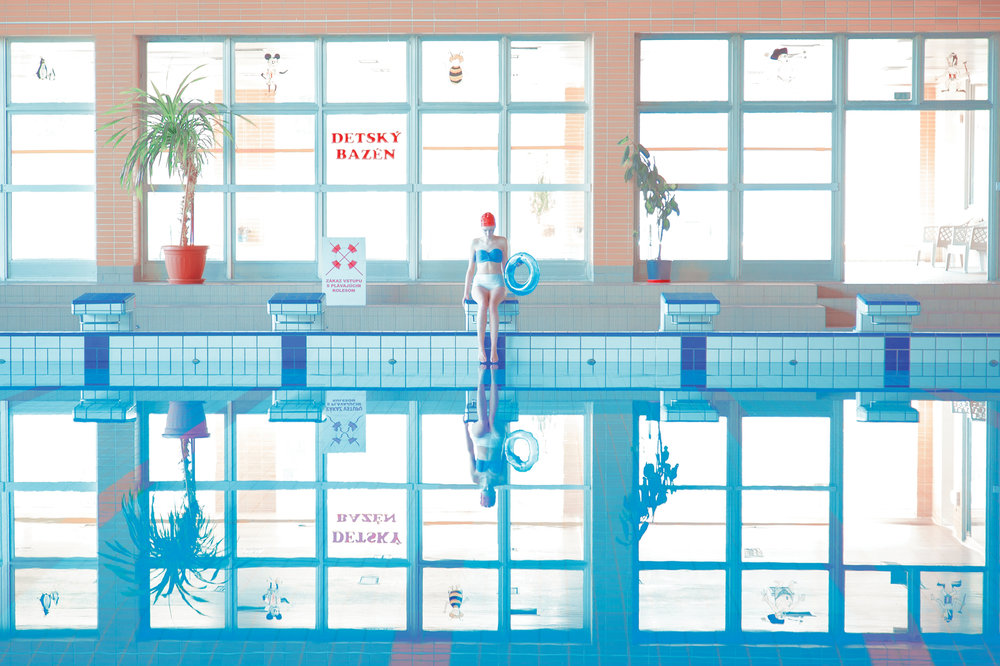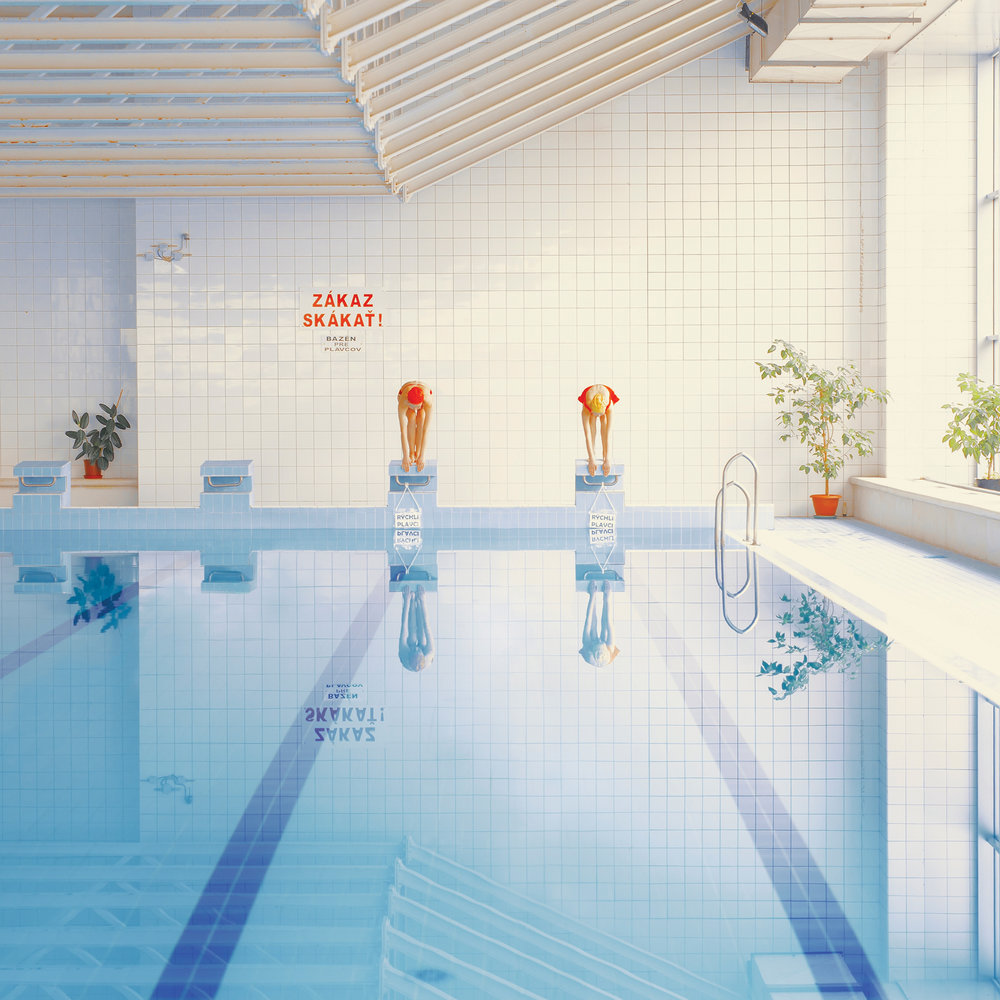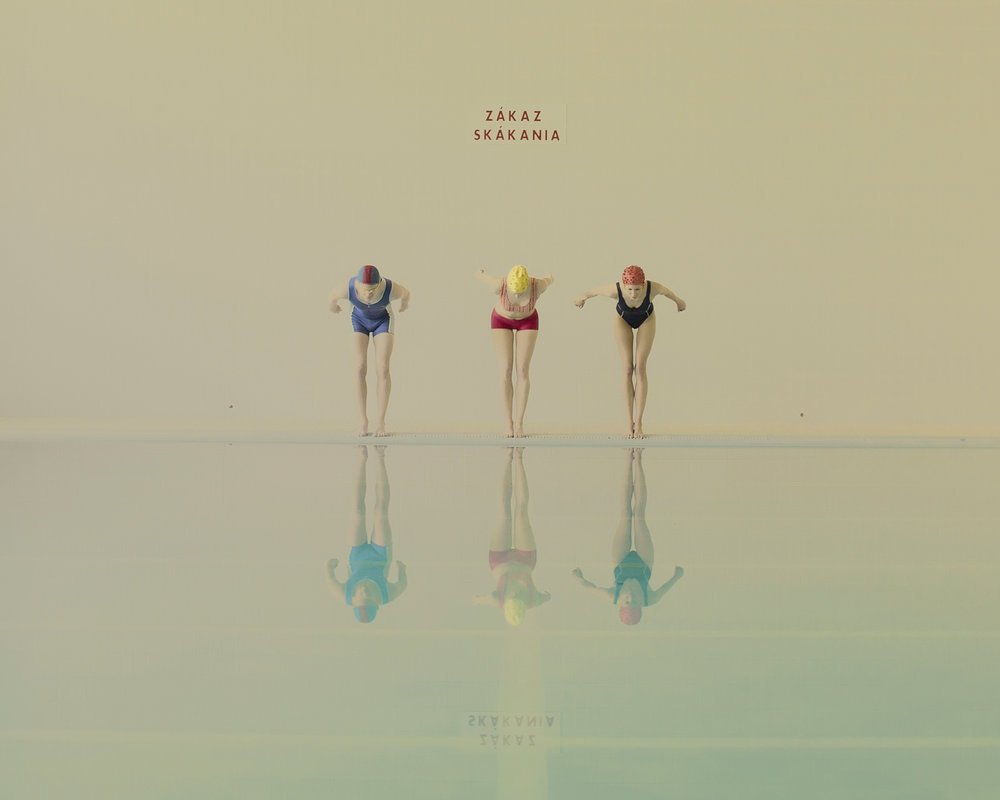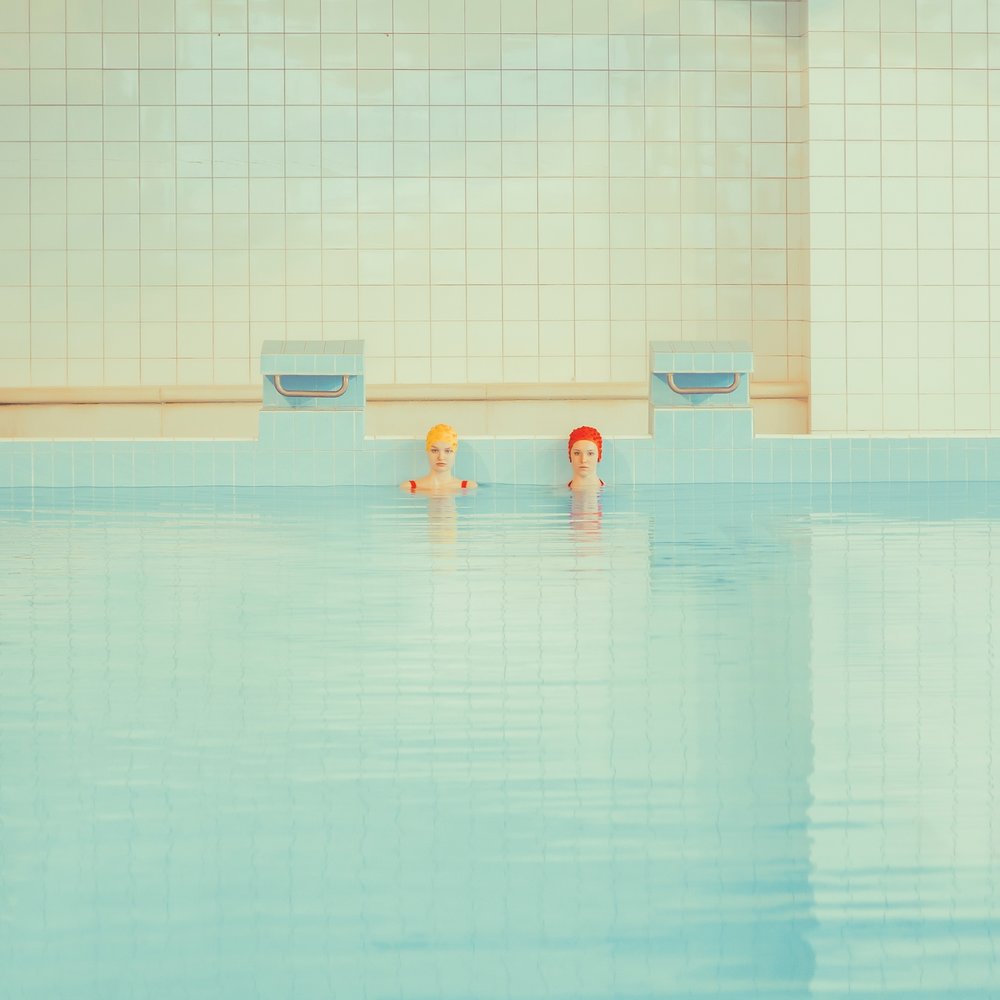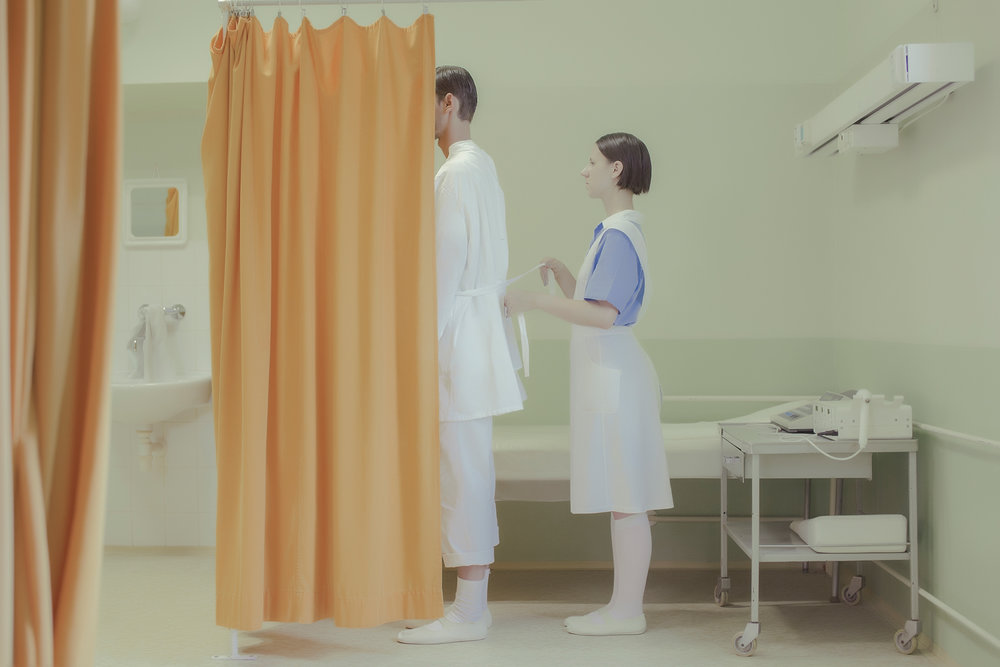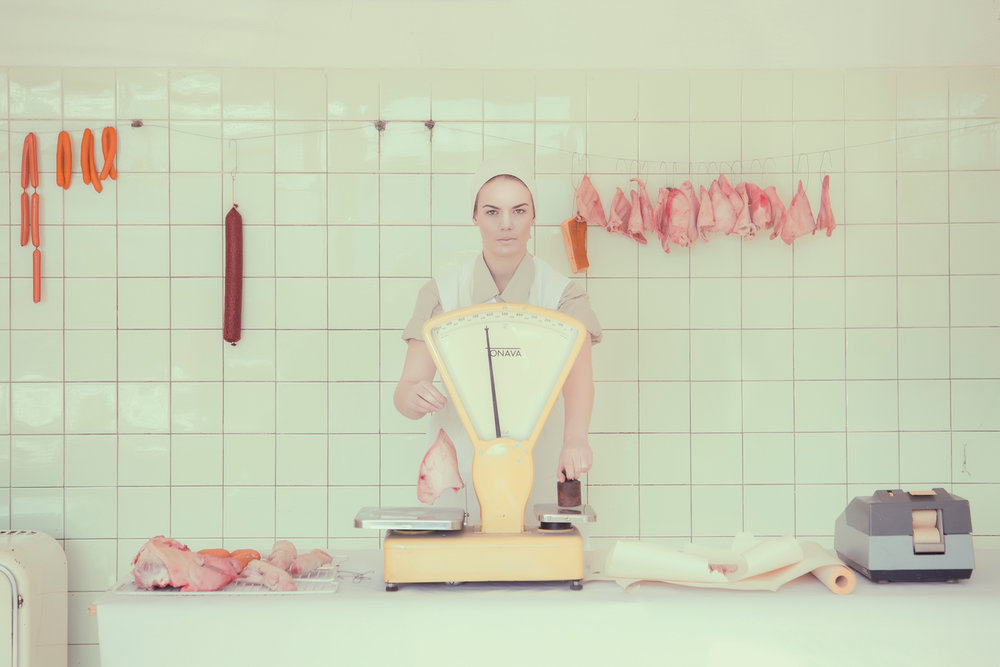MARIA SVARBOVA - A LIFE LESS ORDINARY
A LIFE LESS ORDINARY
What started as a hobby during her archeology studies six years ago is now a full-time profession complete with a contract for American Vogue. A 100% self-taught photographer and self-proclaimed workaholic, Slovakian artist Maria Svarbova says she does not like complicated things. She is inspired “by normal people in normal life”.
“Any sort of storytelling - whether it’s still life, portraiture or landscape. I want people to think. I don’t want to give away the whole story because I like the idea of seduction. It’s like film stills that make you want to see the whole movie. You want to know more.”
Maria, you fell in love with photography only a few years ago, yet recently signed a contract with American Vogue. How did that happen?
I started to photograph six years ago and gradually, as time passed, my work got better and better. I made a lot of effort and, crazy, it has become my job! When my photos got better, I started receiving interesting offers. One of them was from American Vogue. One day, I just received an email from Vogue. It was very sudden. I could not believe it. At that time, I was still a student of archeology, not a professional photographer.
You studied conservation, restoration and archeology. Why?
In high school I did a lot of restoration and I painted. At that time, I wanted to become a painter. After high school, however, I felt I needed a creative break. I was always close to history and the past. It fascinated me. That's why I signed up for archeology. It was a tough school. In the meantime, I didphotography as a hobby.
Did your studies help you in your artistic career?
Archaeology and the study has taught me to be disciplined and end the projects I start. And I’ve always been inspired by archeology, for sure. For example, working with materials, layers and examining things.
How did photography come into your life?
Most of all, it was a coincidence. I never wanted to be a photographer. My sister gave me my first professional camera. I was thrilled. I took pictures of absolutely everything!
What were your first pictures like?
I took pictures of nature, details, people, children. I remember how professional photographers said that I learnt very quicklyand that I would outrun them soon.
Did you take any courses? Or are you completely self-taught?
I am a completely self-made. I used to listen and ask technical questions to other photographers. But apart from that, I just took pictures and worked on them. I enjoyed taking pictures and playing with the editor program. I've never read any photo book. It has all just been practice.
When did you start using models and staging your images?
I think it was after a year of taking photos. They were artistic portraits. I wanted my pictures to have a soul. I remember that. It was very important for me. At first, I took photos of my friends. Then I started shooting models.
The oldest images on your website are quite surreal and dream-like, while your later works are rather minimalist. How come? Less is more?
Yes, true. In my early stage I was inspired by surrealism. My photos were very stylized. I’ve stopped doing this. I started to give the human being more space. At first, it was portrait, half body, whole body, and in that stage the model and the space playing the same role. To me, man and space are one.
“Serene” is a word often coming to mind seeing your work. Is that a word that speaks to you?
Well, I was once reading an article, which said minimalism is a therapy and could calm down people. You should know that I work a lot. I’m a workaholic. Now, I’m trying to set up time management. I’m trying to stabilize myself.
Your latest two series are set in a swimming pool. Are you an avid swimmer?
No, I’m not a swimmer actually. I’ve been doing this swimming project since 2014. It fascinates me. You find so many bans in swimming pools. So many things you cannot do, while it’s a place to relax. Also, the architecture of swimming pools is great for photos.
Post production is a big part of the final image. To what extent are your images made in the studio?
The photo should first of all look great in the camera. I choose the locations with my team. We do the set up. I have three scenographers in my team. I don’t use a lot of Photoshop. I don’t want to say more than that. This is my know-how.
Your photos have a very suggestive narrative. How do you come up with the concepts?
I’m inspired by normal people in normal life. I don’t like complicated things.
Can you name some artists that influenced you?
I like Gregory Crewdson and Erwin Olaf. They work with a big team and are real professionals. I like it when everything is prepared and everything works.
You recently also signed a contract for your work to be shown in 80 galleries around the world. Could you tell us a bit more?
It's a deal with the biggest photography company, YellowKorner, which has galleries all over the world. They also present photographers like Romina Ressia, Slim Aarons, Lee Jeffries. I’ll soon sign another contract with Otomys Gallery. They’ll represent me in Australia, Asia and the UK.
So many of your dreams must have come true recently. What remains?
I would like to have more solo exhibitions around the world. I want people to see my work.
Finally, a word of advice to young photographers trying to communicate with the world?
I recommend they make their dreams come true and to never give up. Sometimes the situation doesn’t look very good, but just don‘t give up. They should be brave, find their own way and don’t copy other artists. Just make new things, and show others something new. That’s how they will become great.
INTERVIEWED BY PATRICIA SPROUSE


